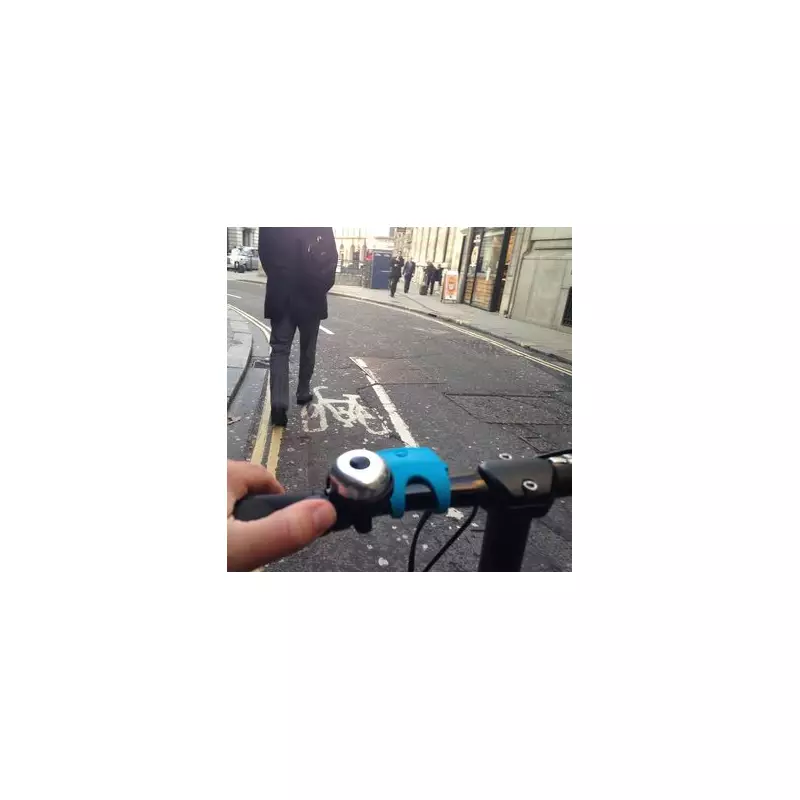
Police forces across Britain have been granted sweeping new authority to seize bicycles, e-scooters, and cars from young people engaged in dangerous and anti-social riding, in a move that's sparking both support and concern.
What the new powers mean for communities
The updated legislation provides officers with the right to confiscate vehicles from youths as young as 16 who are riding in a manner that causes "harassment, alarm, or distress" to the public. This represents a significant expansion of police capabilities to tackle what many communities describe as growing problems with reckless young riders.
The balancing act: Safety versus civil liberties
While residents in affected areas have welcomed the crackdown, civil liberties groups have raised serious concerns about the potential for overreach. The legislation doesn't require proof of ownership, meaning officers can seize vehicles based solely on riding behaviour rather than legal ownership status.
One police representative explained: "These measures are designed to protect the public from dangerous riding that we've seen escalating in many urban areas. It's about preventing accidents and addressing the genuine distress caused to pedestrians and other road users."
How the confiscation process works
- Officers can immediately seize vehicles from riders aged 16 and over
- No requirement to prove ownership before confiscation
- Vehicles can be held for up to 48 hours without formal charges
- Young riders face potential prosecution for dangerous behaviour
The rules apply equally to traditional bicycles, electric bikes, e-scooters, and cars, reflecting the diverse range of vehicles involved in recent anti-social riding incidents.
Community reaction and ongoing debate
Local residents in areas plagued by groups of youths on bikes and e-scooters have largely welcomed the measures, describing situations where elderly residents feel intimidated and parents worry about children's safety.
However, youth advocacy groups warn that the powers could disproportionately affect disadvantaged young people and strain police-community relations. The debate continues as forces begin implementing these new rules across different regions.





